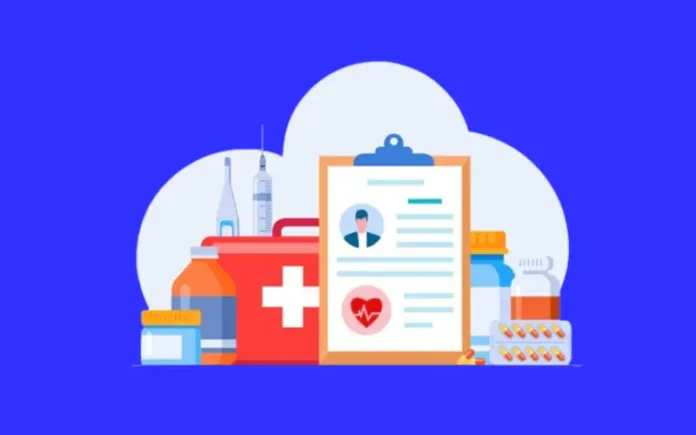Managing medical equipment effectively is essential for healthcare institutions to maintain operations, provide top-notch patient care, and avoid equipment shortages. Medical asset management software can assist healthcare facilities in monitoring and managing their equipment inventory. In this article, we will delve into the advantages of using medical asset management software.
1. Streamlining Inventory Management
Healthcare institutions benefit from using medical asset management software to simplify their inventory control procedures. The medical asset management software digitalizes equipment data like item whereabouts and maintenance records in a single system, allowing for real-time monitoring of medical device availability and status across the facility.
2. Enhancing Equipment Utilization
Ensuring that equipment shortages are avoided involves making the most of resources available in healthcare settings through the use of medical asset management software. It helps track how equipment is being used and highlights any items that might not be getting too much use. Medical facilities can then decide to relocate or buy new assets based on insights from data on usage and feedback from users.
3. Preventing Loss and Misplacement
In a bustling hospital setting where many employees interact with tools every day, it’s not unusual for items to go missing or get misplaced. This can pose a problem when important assets disappear during critical moments. Medical asset tracking software helps prevent incidents by monitoring the location of each item as it moves around the facility.
4. Efficient Maintenance Management
Ensuring that medical equipment functions at its best requires upkeep and care. However, handling maintenance schedules and keeping track of service histories manually can be quite challenging. Medical asset management software makes this task easier by sending automated maintenance reminders based on manufacturers’ recommendations or custom criteria set by healthcare institutions. Moreover, the software allows for the recording of equipment service history, including repair details and maintenance information into its database for access during audits or evaluations.
5. Effective Equipment Lifecycle Planning
Healthcare facilities can gain insights into the lifespan of their assets through the use of medical asset management software. By collecting and analyzing data on equipment age and condition, administrators can better predict requirements. This proactive approach allows organizations to prepare for equipment replacements or upgrades ahead of time.
6. Efficient Procurement and Vendor Management
Managing resources using software can make purchasing easier by offering a central system to handle vendor connections effectively. Creating a vendor repository, within the software allows healthcare institutions to improve communication and monitor procurement requests. They can also use it as a tool to manage invoices and warranties related to medical devices.
7. Compliance with Regulatory Standards
Healthcare institutions need to follow a range of guidelines to handle equipment effectively. Managing compliance is made easier with the help of medical asset management software that allows for storing documents in one place. Users can conveniently. Retrieve compliance records like user guides, certificates of calibration, and safety approvals directly through the software system.
8. Improved Cost Control
Efficiently managing resources through software tools helps healthcare facilities maintain costs effectively by monitoring usage rates and equipment maintenance requirements. They can also analyze lifecycle data to aid in making decisions about retiring or selling outdated machinery strategically based on data insights provided by the system’s preventive maintenance functions. It helps minimize unforeseen breakdown risks that could lead to expensive repair or replacement charges if not addressed promptly.
9. Improved Staff Productivity and Accountability
Software for managing assets enables healthcare institutions to enhance staff efficiency and responsibility. By monitoring equipment usage and user accountabilities, administrators can easily pinpoint any misuse or mishandling of assets. Assigning responsibility for specific equipment encourages staff to handle the devices with care, thereby lowering the chances of damage or loss.
10. Scalability and Flexibility
Managing assets with software offers a flexible solution for healthcare institutions as they grow and evolve their services or facilities by incorporating new departments or expanding locations and equipment categories. The software’s customizable features empower organizations to tailor the system to suit their requirements.
11. Enhanced Analytics and Reporting Capabilities
Medical asset management software not only helps with inventory control and maintenance duties but also comes with advanced analytics and reporting functions that enable administrators to review information on equipment usage rates, maintenance expenses, performance, overtime, and other related data.
Conclusion
It’s crucial for healthcare organizations to prioritize the management of resources to avoid shortages in equipment supply chain operations to ensure smooth workflow and minimize any disruptions in patient care delivery. The use of specialized software solutions for medical asset management enables hospitals and clinics to simplify their inventory control routines monitor usage patterns reduce instances of loss or misplacement effectively address maintenance needs and make informed decisions regarding future resource requirements through thorough data evaluation
